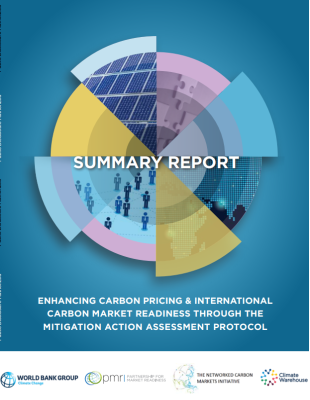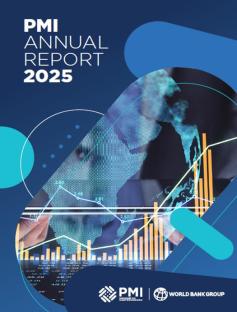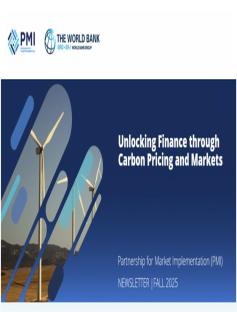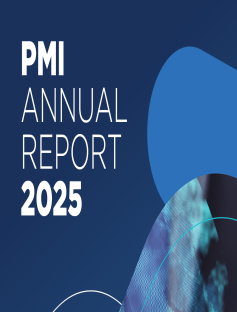Putting a price on carbon can be an indispensable part of a country’s strategy to reduce emissions in an efficient way. Furthermore, putting a price on carbon through international carbon markets can also offer significant cost benefits and enable flexibility in achieving emission reduction targets. Article 6 of the Paris Agreement provides a potential basis for bottom-up carbon market linkage. Under the Paris Agreement, carbon pricing policies and international carbon markets are increasingly developed bottom up and are diverse in nature to accommodate countries’ domestic priorities. While this bottom-up development promotes innovation, the diversity of approaches reduces transparency between climate actions and increases the complexity of market integration. A standardized framework is needed to assess countries’ capacity building needs to participate in carbon pricing and international carbon markets. The World Bank initiated the development of the mitigation action assessment protocol (MAAP) in 2015 to drive meaningful assessment of diverse climate actions. Pilots results showed that MAAP provides a transparent and relatively easy-to-use framework to help countries identify strengths and opportunities for improvement. Future implementation of the tool will seek to address identified challenges such as collecting evidence, identifying capacity building priorities, and providing guidance on communication strategies. This report summarizes key findings and lessons learned from pilots.




